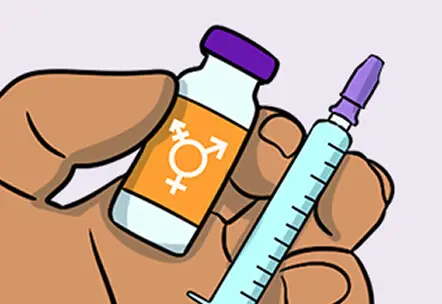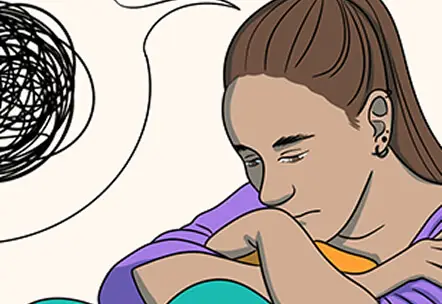
PlumeCon’25: Watch Our Trans-Led Virtual Conference On Demand
PlumeCon’25 brought our community together for three days of trans-led conversations, learning, and connection. Now, you can sit back, relax, and watch the recordings anytime. These sessions center trans and gender-diverse voices across topics like healthcare, self-advocacy, creativity, embodiment, resilience, and joy. Whether you’re catching up, returning, or sharing a












